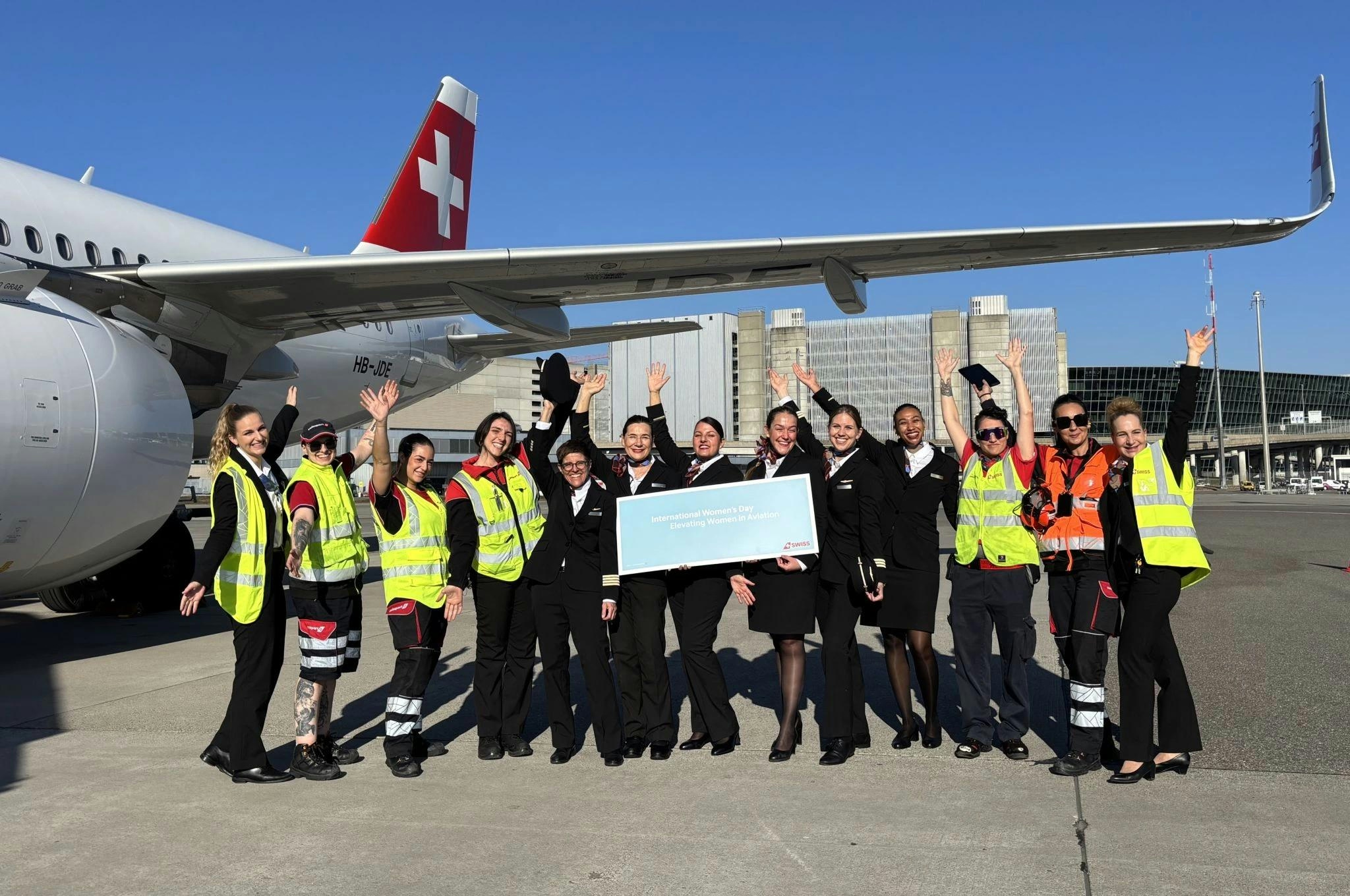
Smarter email, faster business.
Trending
Adaptive-Cycle Engine Considered for European Future Combat Air System
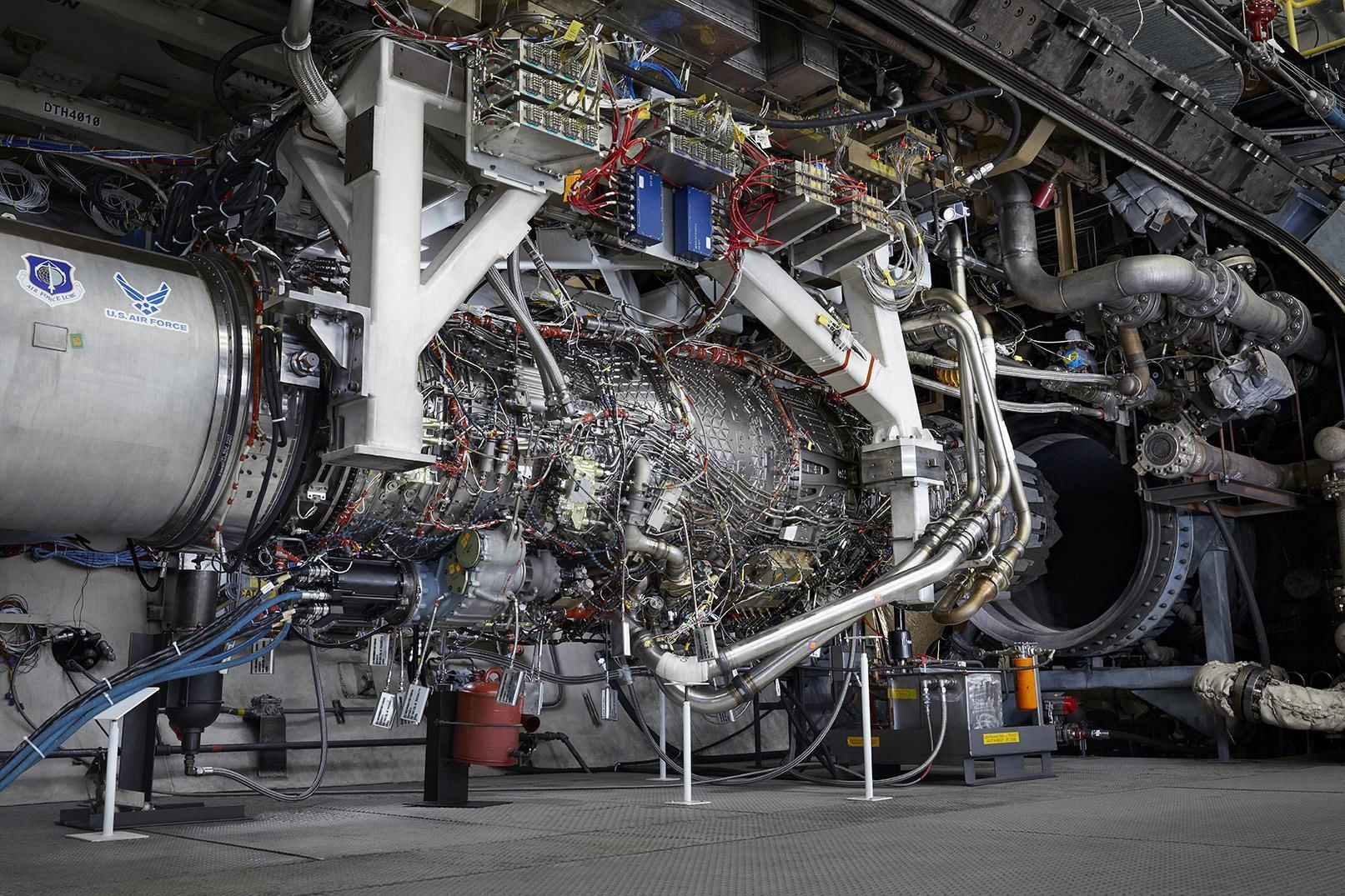
Adaptive-Cycle Engine Considered for European Future Combat Air System
The Franco-German-Spanish Future Combat Air System (FCAS) is positioning itself to advance propulsion technology significantly, despite trailing some Western counterparts in development pace. The trinational consortium is adopting adaptive-cycle engine architecture for its next-generation fighter, distinguishing itself from programs such as the U.S. Air Force’s Boeing F-47, the U.S. Navy’s future F/A-XX, and the UK-Italian-Japanese Global Combat Air Program (GCAP), all of which have opted against this advanced engine type.
Engine Development and Technological Ambitions
The European Military Engine Team (EUMET), a collaboration between Germany’s MTU Aero Engines, France’s Safran, and Spain’s ITP Aero, has proposed two engine configurations to Airbus and Dassault Aviation for the new fighter, which is expected to enter service in the 2040s. The message to airframers is clear: the design must be future-proof. The FCAS nations plan to finalize the system configuration by the third quarter of 2026.
Adaptive-cycle engines, also known as variable-cycle engines, provide the capability to switch between operational modes, optimizing for either extended range or maximum thrust during combat. The Next-Generation Fighter (NGF) engine under development aims to deliver 30 to 40 percent more thrust than current European powerplants such as the M88 used in the Rafale or the EJ200 powering the Eurofighter Typhoon. Additionally, artificial intelligence integration is expected to enhance sensor performance and offer advanced pilot assistance.
Michael Schreyögg, chief program officer at MTU Aero Engines, emphasized the ambitious nature of the project: “This platform is a sixth-generation fighter aircraft that still needs to be able to fight in 2100, so we need an engine that is very capable and stretches ourselves in terms of materials, architecture, and electrical power supply. We need to provide something truly state of the art; it should not just be a better M88 or EJ200.”
Challenges and Program Outlook
The adoption of adaptive-cycle technology presents considerable engineering challenges. The engine’s complex architecture requires advanced materials and sophisticated electrical power systems, pushing the boundaries of current technological capabilities. These challenges are central to EUMET’s development efforts, with each partner holding an equal one-third stake in the program.
The FCAS NGF is intended to replace parts of the Eurofighter fleets in Germany and Spain, as well as a segment of France’s Dassault Rafale fleet. The program targets initial operational capability around 2040, with development engines expected in the early 2030s. Refined prototypes are planned to support flight testing by the mid-2030s, paving the way for full-scale production.
The new fighter platform is anticipated to be physically larger and heavier—up to one-third bigger than current fourth-generation fighters such as the Rafale, Eurofighter Typhoon, Boeing F/A-18 Super Hornet, or Chengdu J-10. This increase in size further underscores the necessity for a powerful and efficient engine.
Market Context and Competitive Landscape
Demand for advanced fighter jets remains robust, driven by ongoing modernization efforts and regional security concerns. As the FCAS program advances with its adaptive-cycle engine technology, competitors are expected to respond with their own innovations and strategic partnerships to maintain their positions in the evolving global fighter market. Concurrently, industry efforts to develop remote carrier systems are accelerating, reflecting a broader trend toward integrated, next-generation air combat capabilities.
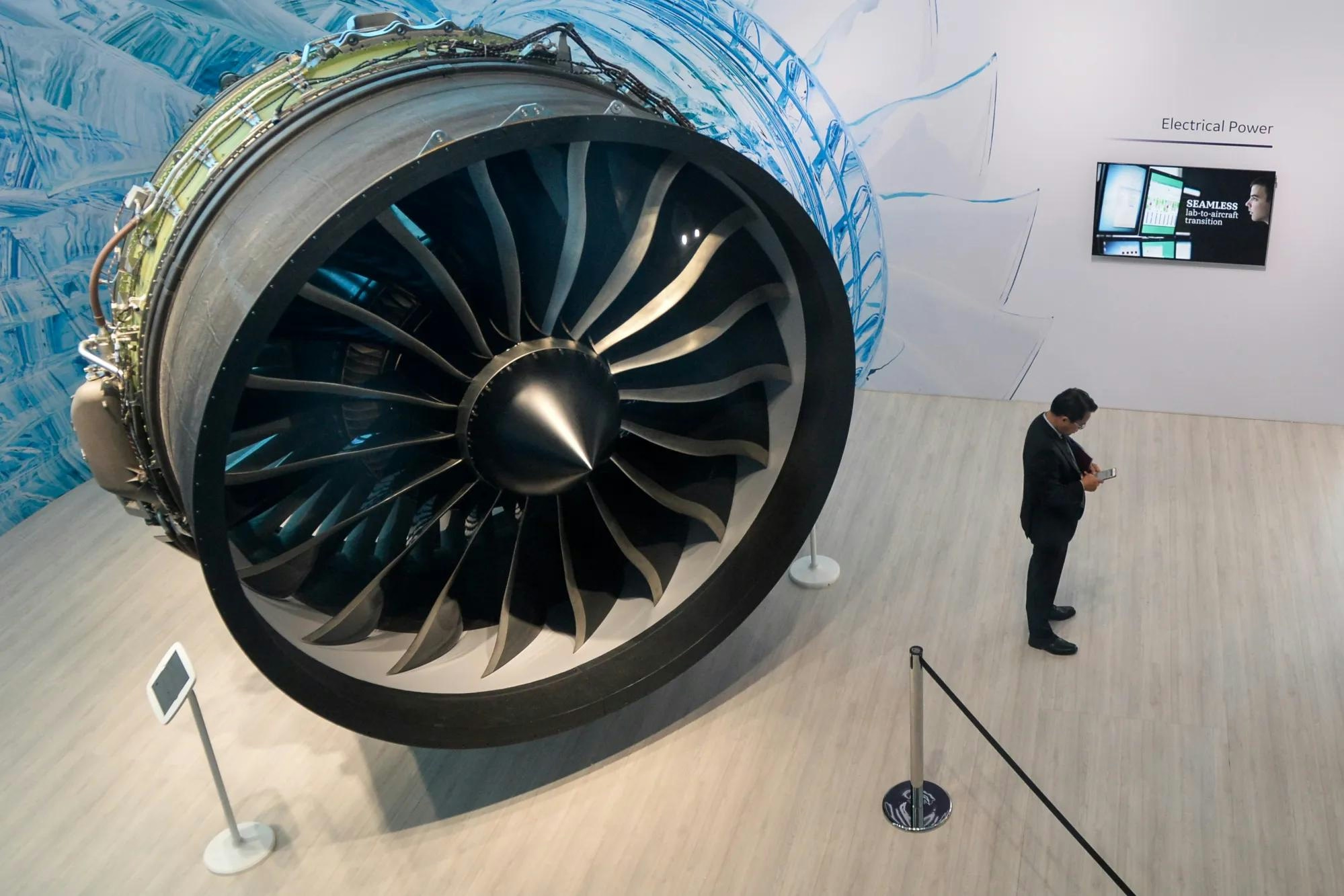
US to Lift Engine Export Restrictions to Chinese Aircraft Maker COMAC
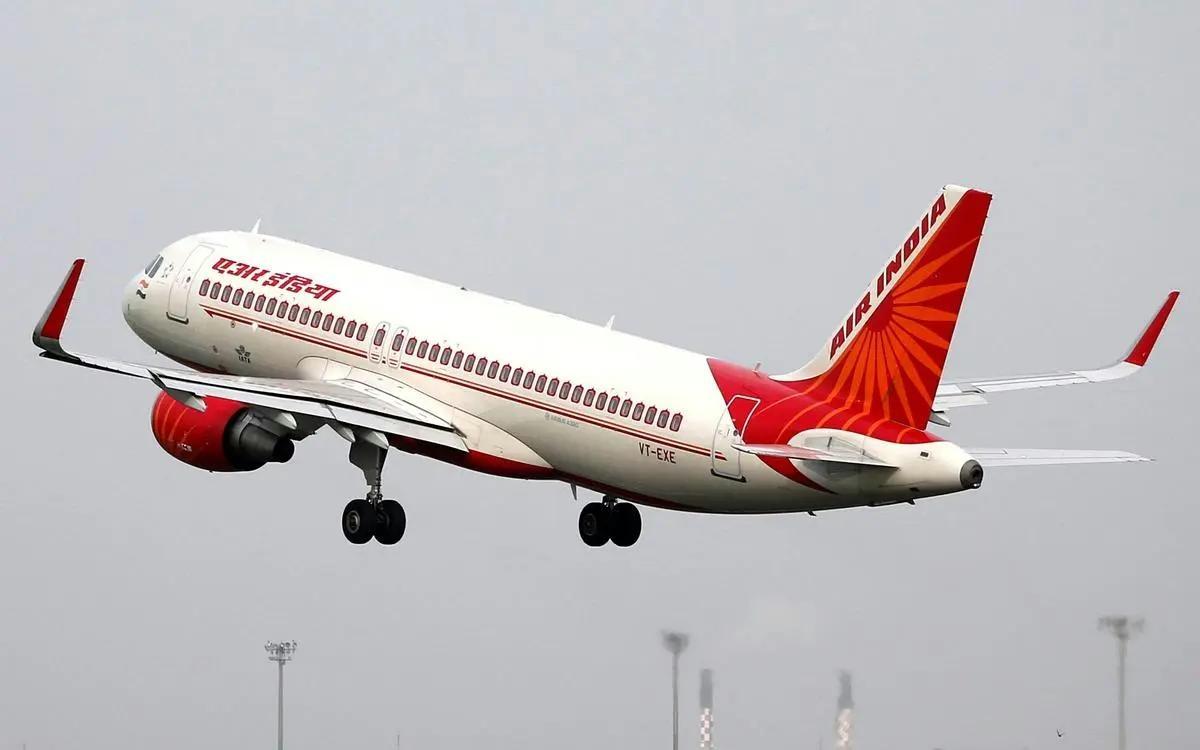
Air India Pilot Collapses in Cockpit Before Bengaluru-Delhi Flight
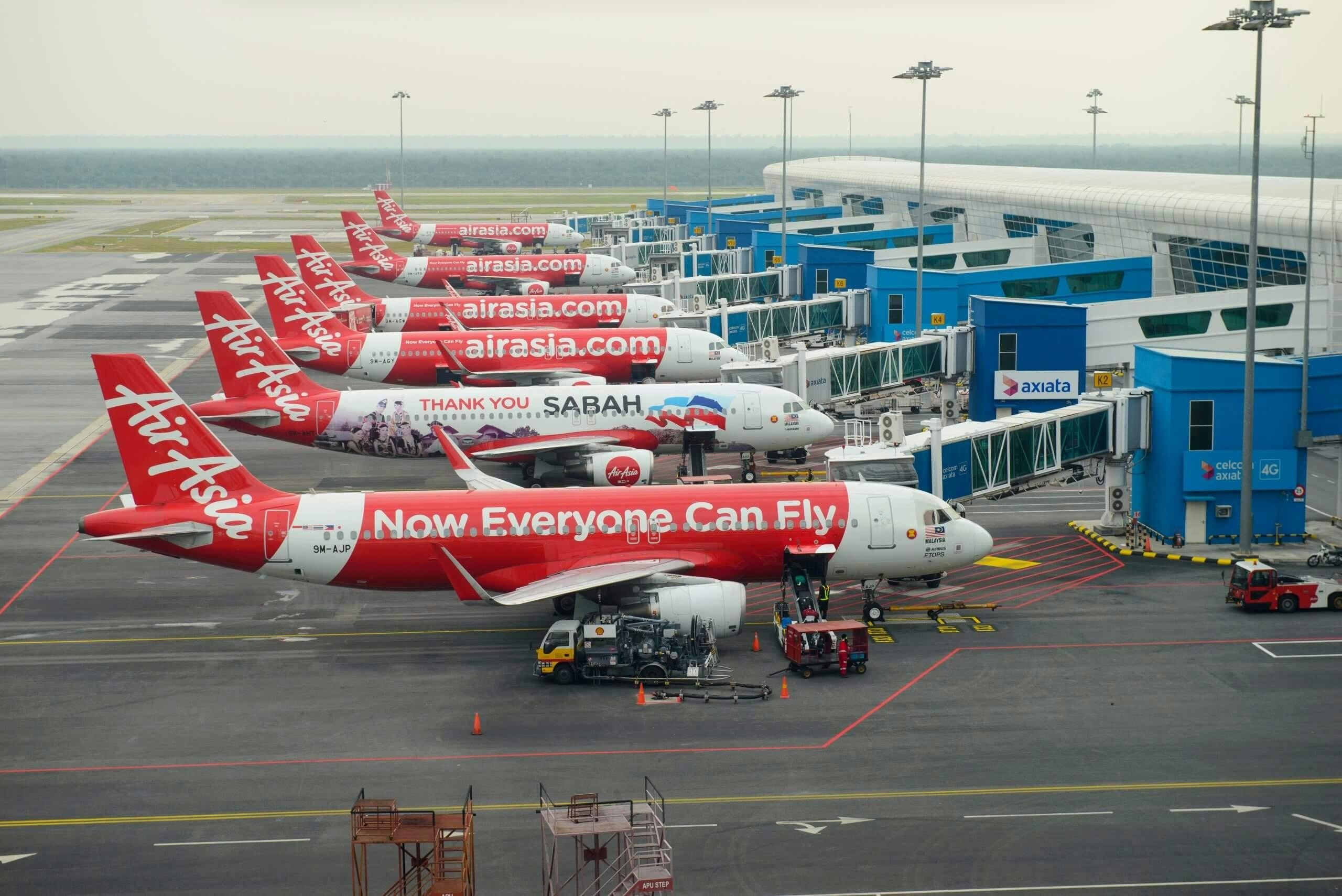
AirAsia Orders 50 Airbus A321XLR Jets as Restructuring Nears Completion
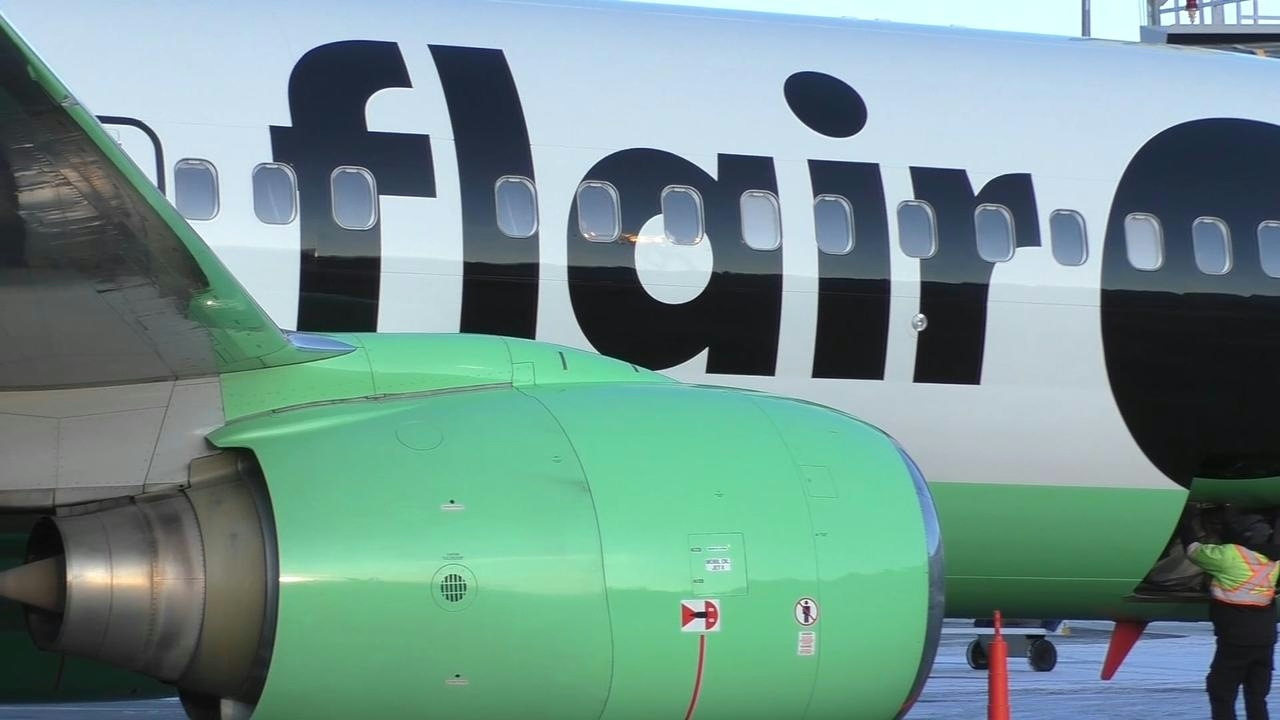
Aircraft Lessors Sue Flair Airlines Over 2023 Plane Seizures
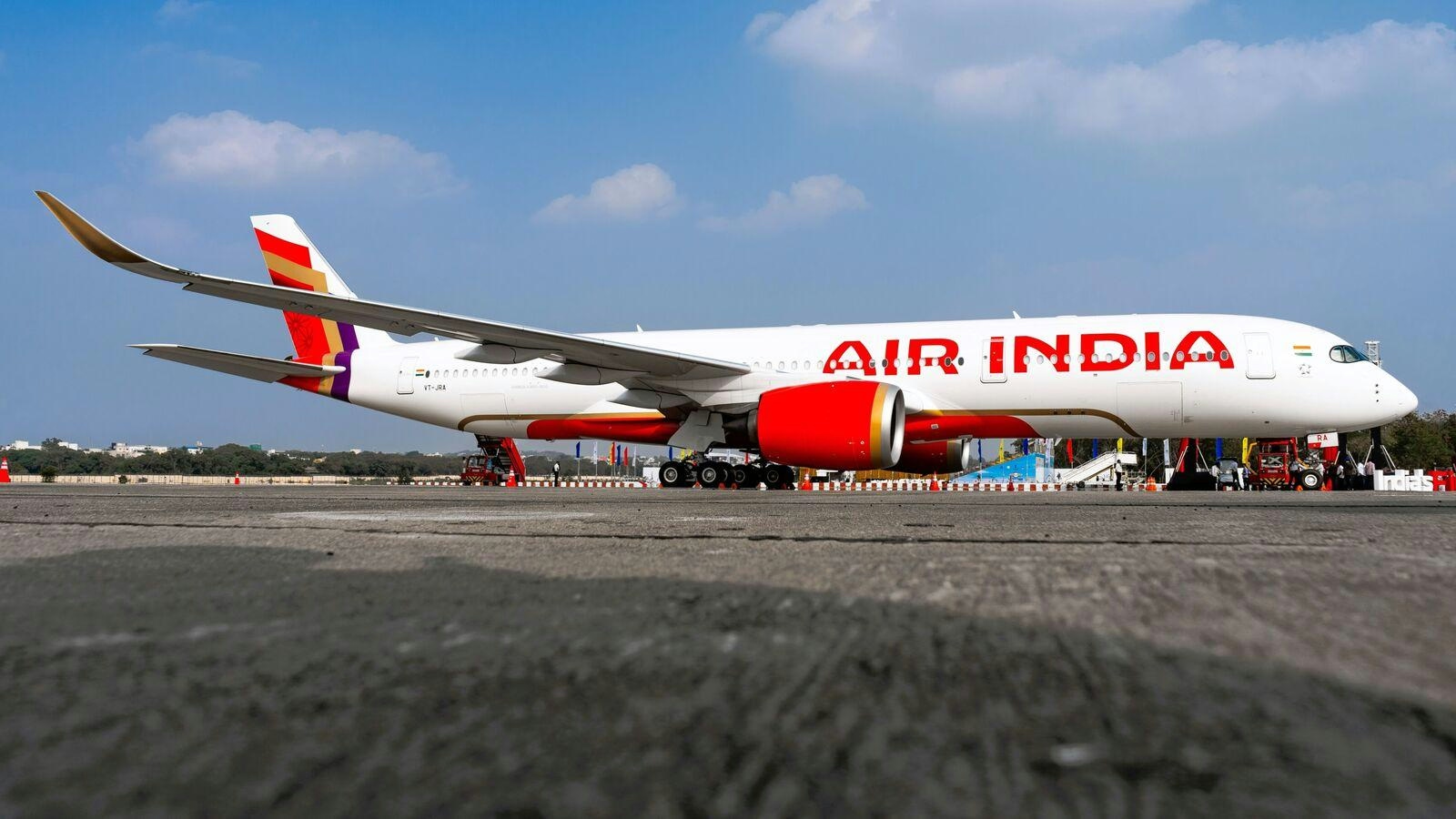
Why India’s Airline Startups Are Investing in Hybrid Fleets

Supply Chain Bottlenecks Disrupt Global Trade
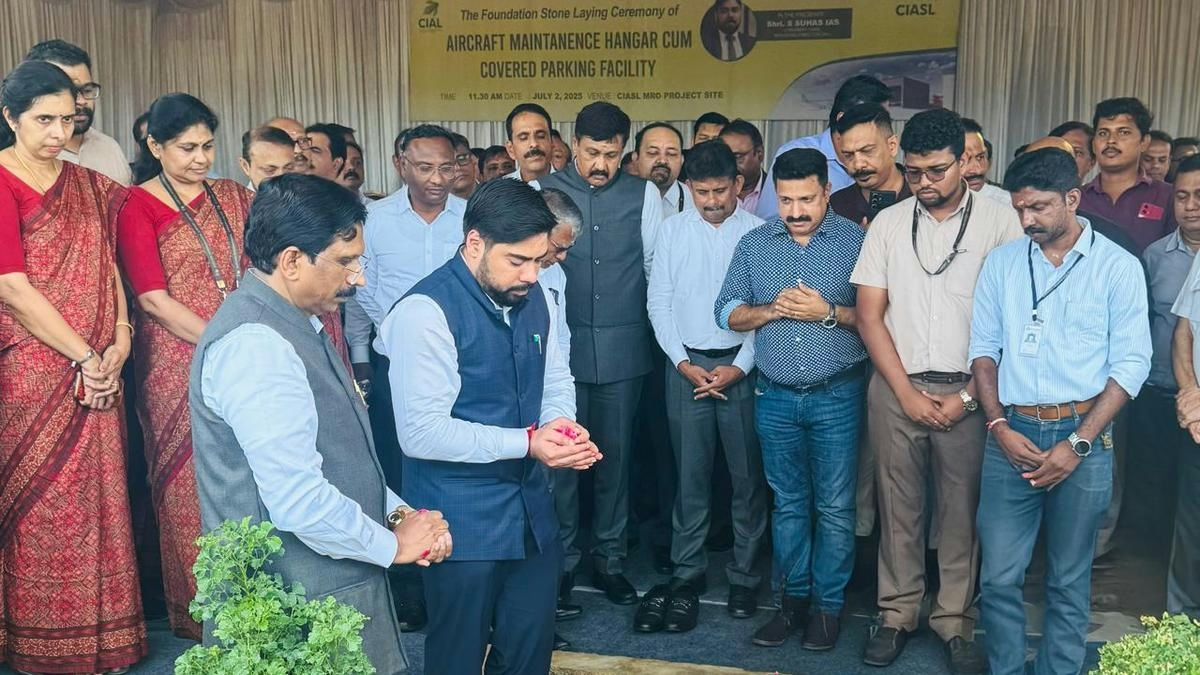
CIASL Initiates ₹50 Crore MRO Hangar Project to Develop Kochi as Aviation Hub
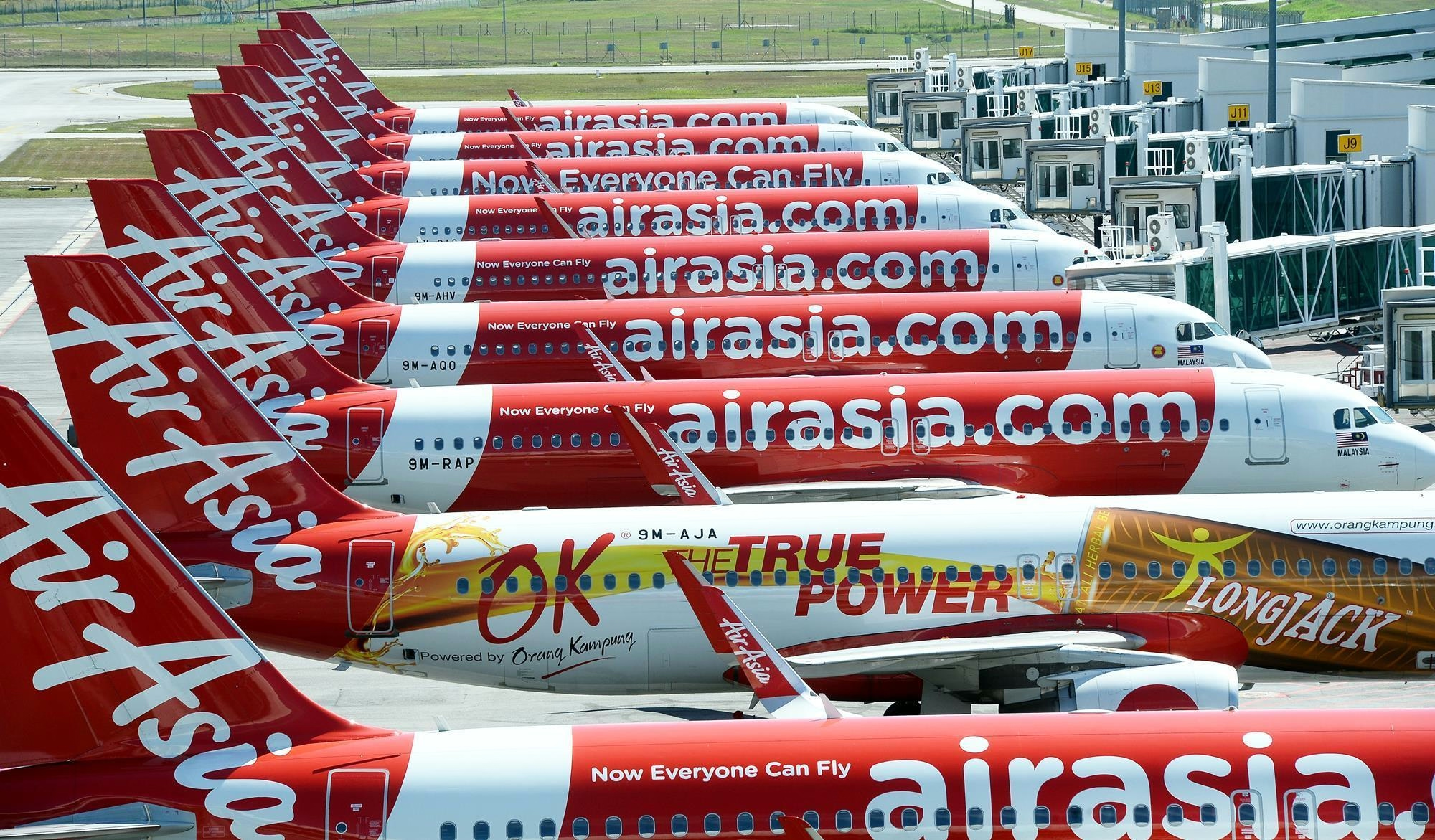
AirAsia Orders 50 Additional A321XLR Aircraft for Long-Haul Expansion
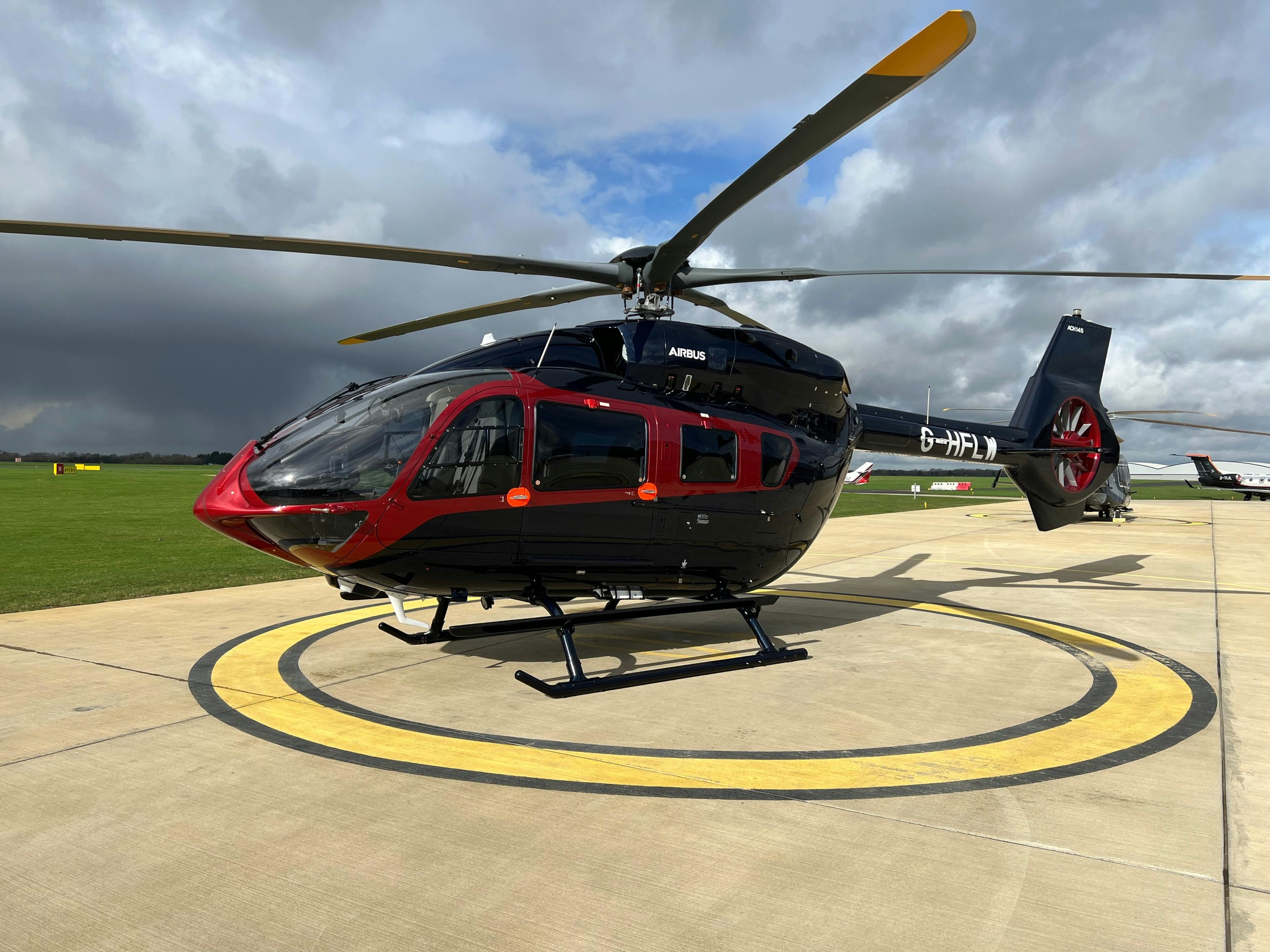
BBGA, EBAA, and RAeS Call for Unified Aerospace Representation
